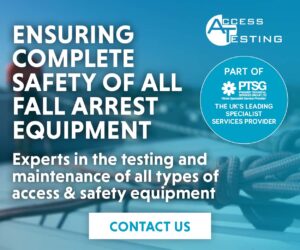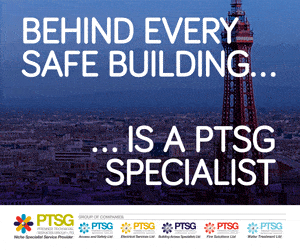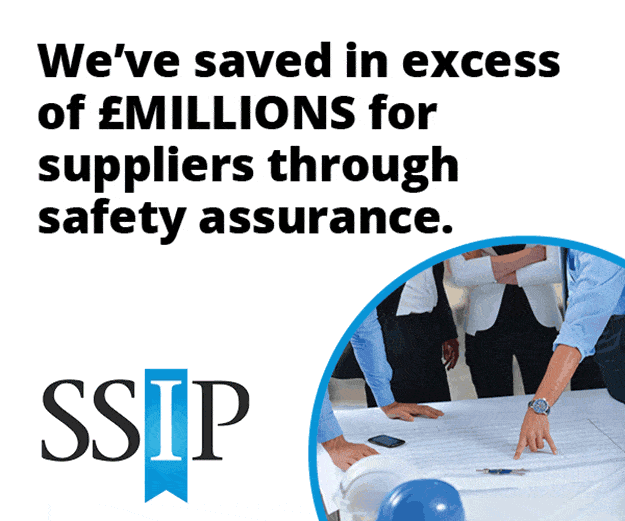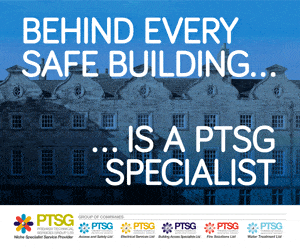Safety first is a popular and important mantra in life. Nowhere is that more relevant than in environments where hazards are commonplace. Businesses use their electrical installations and appliances on a daily basis, making safety a vital consideration.
Richard Carr is the Director of Volta Compliance. He is a fully qualified approved electrician graded with the Joint Industry Board (JIB). Richard has over 20 years’ electrical experience working on commercial and industrial installations. In this article, he explains what you need to know to safeguard your assets – people and equipment – from dangers in the workplace.
What are electrical inspections?
An electrical inspection does what it says on the tin. As a detailed and rigorous check of all electrical installations and equipment, it ensures safety by avoiding hazards.
Electrical inspections must carried out by a highly experienced competent, who ‘possesses, as appropriate to the nature of work being undertaken, adequate education, training and practical skills, and who is able to perceive risks and avoid hazards which electricity can create” – according to the BS 7671 standards.
Types of inspections
It is essential that your business and staff are compliant with the Electricity at Work Regulations (1989) and the Health and Safety at Work Act (1974). Certain types of inspections need to have been successfully carried out in order for your business to be deemed safe.
- Electrical Installation Condition Report (EICR) – assesses the competency of your electrics by 3 different categories:
- C1 – indicates danger exists and immediate attention is needed
- C2 – indicates potential for danger and urgent attention needed
- C3 – indicates no danger posed but improvements could be made
- PAT Testing – assesses the safety of all electrical appliances and equipment. It is not a requirement by law to have PAT testing done, but it is a legal requirement to keep employees safe. PAT testing fulfils British safety regulations and covers all bases.
- Emergency lighting testing – this type of lighting is an essential part of your workplace health and safety and must be kept in full working order.
- Fire alarm servicing – it goes without saying how important it is to ensure your fire alarms are working at all times.
Frequency of inspections
There are no set times or deadlines for inspections to be carried out. But they must be done periodically in order to ensure that equipment is working correctly and everything is properly risk assessed. The frequency of your inspections depends on the –
- usage of equipment and installations
- risks and hazard levels in the environment
- type of building
- recommendations of your contractor
The HSE provides additional guidance on the frequency of your inspections.
Advantages of regular inspections
- Ensures British Safety Standards are met and safety is paramount in your business
- Helps avoid large maintenance costs
- Gives a clearer view of the state of your business’s electric health
- Provides evidence that frequent checks were carried out, so if something does go wrong with your electricity safety, you are not liable.
Electrical inspections with Volta Compliance
With a wealth of experience and knowledge in both installations and equipment, Volta Compliance can help with periodic electrical inspections throughout Yorkshire. That includes small and large appliances, your electrical installation, fire alarms, lighting, and emergency lighting.
Get a bespoke quote based on your requirements by calling our team on 0113 397 1361 or emailing info@voltacompliance.com.























































